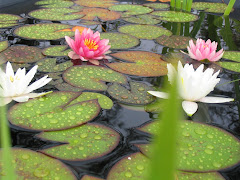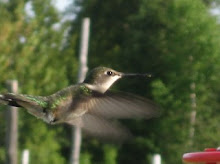
Vaccinium angustifolium (lowbush)
Vaccinium corymbosum (highbush)
Blueberries have one of the highest antioxidant properties of all the berries. The lowbush varieties prefer a pH of 4.0 to 5.2 and the highbush varieties prefer a pH of 4.0 to 6.0 (acid soils). Both varieties need full sun. The soil should be a soft, woodsy type with humus and peat that has good drainage. Blueberries have shallow roots so they should remain cool, moist, acid and be mulched. They should not be allowed to dry out completely and they cannot tolerate water standing on the surface. Many places suggest the use of pine needles for mulch, but use them sparingly in the beginning as you can overdue it and kill the plants. Highbush types will grow from 4-10 feet high and spread about 4-6 feet. Lowbush types will grow from 2-4 feet high and spread about 2-4 feet. Plant the bushes in the Spring, slightly deeper than they were originally, and make sure they get 1-1.5 inches of water per week while fruiting. Blueberries can be grown in containers about 24 inches deep, but they need a pollinator. Good harvests should be in 3-4 years.



